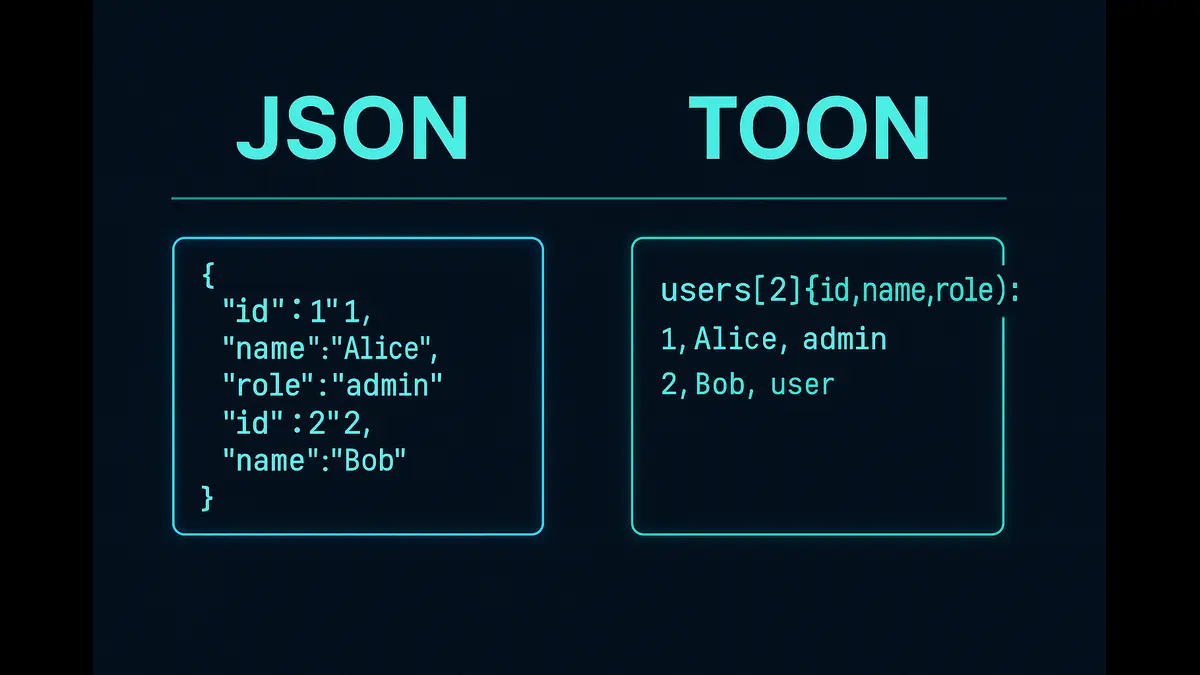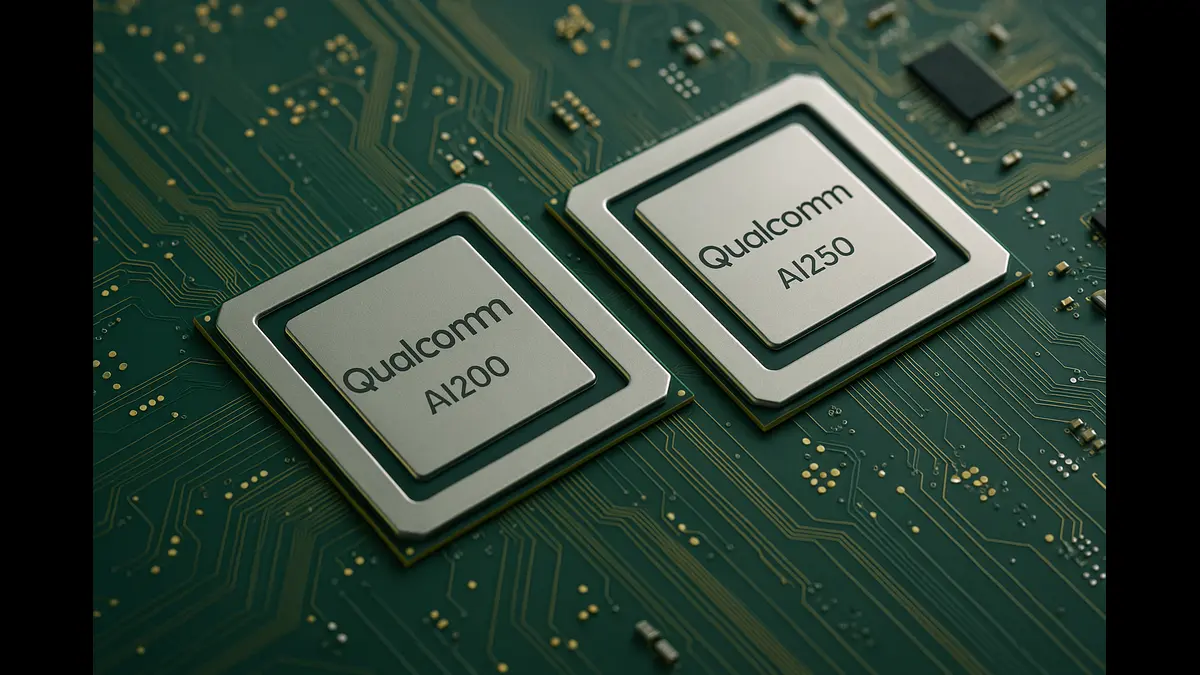
Humanoid robots are revolutionizing manufacturing, from automotive to electronics, mining, and aviation. Explore how this disruptive wave boosts productivity, reshapes workforce models, and sets new strategic imperatives for global industries and policy leaders.
In recent years, manufacturing has begun to embrace humanoid robots — advanced, humanlike machines capable of performing varied tasks. Spurred by breakthroughs in artificial intelligence and robotics, these bipedal robots are moving out of research labs and onto shop floors. By early 2025, industry observers have noted major pilot programs and deployments across multiple sectors. In the automotive industry, for example, companies like Tesla and Figure AI are testing humanoid robots on assembly lines. Electronics manufacturers like Foxconn have partnered with robotics firms to train humanoid machines in factories.
Emerging evidence suggests that the trend is not confined to one niche: analysts estimate humanoid robotics could become a multi‐billion-dollar market (Goldman Sachs projects a $38 billion market by 2035). These developments are poised to boost productivity and introduce profound changes in workforce dynamics, cost structures, and organizational models across industries.
Automotive Industry: From Assembly Lines to R&D Hubs
The automotive sector is leading the deployment of humanoid robots. Tesla, under the leadership of Elon Musk, has aggressively pursued the development of its Optimus humanoid robot, aiming to integrate it into factory operations as early as 2025. According to reports, Tesla plans to produce several thousand Optimus units and has already showcased early models performing assembly tasks such as sorting batteries. Musk envisions these robots handling “repetitive or boring tasks” within Tesla’s plants before they are marketed more broadly.
Other automakers are following suit. U.S. startup Figure AI has partnered with BMW to test humanoid robots in warehousing and assembly at BMW’s Spartanburg plant. These robots, Figures 01 and 02, demonstrate basic agility, such as walking and manipulating sheet-metal parts. Meanwhile, Boston Dynamics — now a Hyundai subsidiary — is preparing to deploy its electric Atlas robot for industrial applications in Hyundai factories.
The key advantage of humanoid robots lies in their flexibility. Unlike traditional fixed or single-purpose industrial robots, humanoids can be reprogrammed for various tasks and navigate environments designed for humans. Jonathan Hurst of Agility Robotics notes that these multipurpose robots can supplement existing automation systems by handling complex or non-continuous tasks. Additionally, they can operate around the clock, enhancing productivity and addressing labor shortages.
However, this shift raises critical workforce questions. While robots reduce physical strain on human workers and eliminate some manual jobs, they create new roles in programming, maintenance, and AI oversight. Unionized plants, in particular, are monitoring these developments closely. Some industry voices advocate for national strategies to retrain and equip workers for emerging robotics-driven roles.
Electronics Manufacturing: Precision and Smart Assembly
Electronics manufacturing, dominated by high-volume, highly automated factories, is also investing in humanoid robots. Foxconn, the world’s largest electronics contract manufacturer, has partnered with robotics firm UBTech to deploy Walker S1 humanoid robots in its factories, including on iPhone production lines. These robots are being trained to handle delicate assembly tasks and logistics operations, marking an effort to maintain high precision amid increasing product complexity.
Foxconn’s strategic focus on “smart manufacturing” aligns with its broader ambitions in AI and robotics, including efforts to support electric vehicle production. Analysts note that while widespread humanoid deployment is still in its early stages, the goal is to reduce production cycles and improve assembly quality. Importantly, Foxconn’s move toward robotics can be seen as a hedge against labor shortages and supply-chain disruptions — issues the company has previously faced in its China-based operations.
Nonetheless, the widespread adoption of humanoids in electronics manufacturing remains a future prospect. Companies are cautious, balancing the potential productivity gains against the substantial upfront costs and the need to train robots in highly specialized tasks.
Heavy Industry and Mining: Safety and Efficiency
The metals, mining, and heavy industry sectors have been slower to adopt humanoid robots, but the potential applications are significant. Current robotics deployments in these industries focus on improving safety — using autonomous vehicles, drones, and remote-controlled machines to reduce human exposure to hazardous environments. Humanoid robots could eventually extend these efforts by performing inspections, handling heavy equipment, or entering confined spaces where legged mobility offers an advantage.
Although prototypes like Finland’s MintecRobo (used for automated core sample analysis) are not fully humanoid, they reflect the sector’s growing interest in smart automation. Boston Dynamics’ Atlas robot, for example, is designed for heavy lifting and could support maintenance crews in steelworks or mining operations. However, experts caution that many industrial tasks are better suited to specialized, non-humanoid robots, which are often more cost-effective and robust for specific applications.
Aviation and Aerospace: Emerging and Niche Applications
In the aviation and aerospace sectors, humanoid robots remain largely speculative. Most robotics applications today involve fixed-arm machines for tasks like drilling, painting, or component assembly. However, research initiatives such as KAIST’s PIBOT — a humanoid capable of operating aircraft controls — suggest that even pilot tasks could theoretically be automated.
On the ground, airports have experimented with humanoid-like service robots for customer interactions, but these trials often reveal that simpler, wheeled robots outperform humanoids in terms of practicality and cost. Nonetheless, specialized maintenance tasks, such as inspecting aircraft fuselages or troubleshooting tight avionics bays, may eventually benefit from humanlike dexterity. Additionally, NASA continues to explore humanoid robots, such as Robonaut, for potential space applications.
Productivity, Costs, and Strategic Considerations
The business case for humanoid robots centers on enhancing productivity and lowering long-term labor costs. These robots work continuously, reduce downtime, and deliver consistent precision — minimizing errors and improving product quality. However, the upfront investment is significant, with units costing tens to hundreds of thousands of dollars. As a result, companies must carefully weigh the cost-benefit balance, particularly when comparing humanoids to specialized automation systems.
Global supply chains also play a role, given the reliance on rare-earth metals and advanced computing infrastructure. For example, Tesla’s Optimus robot production has been flagged as sensitive to China’s export controls on rare-earth materials.
Moreover, studies suggest that the productivity benefits of robotics, including humanoids, could be substantial. One estimate indicates that adding just one robot per thousand workers can increase industry productivity by over 1%. While data specific to humanoid robots are still emerging, early pilot programs hint at similar gains.
Workforce and Organizational Implications
The integration of humanoid robots is reshaping workforce dynamics. McKinsey’s research suggests that automation raises the demand for digital and technical skills while reducing the need for basic manual labor. On the factory floor, workers once tasked with physical jobs may transition to robot supervision, programming, or maintenance roles.
Organizationally, companies are evolving: many now appoint automation leaders, robotics teams, and Chief Digital Officers to manage the integration of humanoids alongside traditional operations. While unions and labor groups express concerns about job displacement, corporate leaders emphasize that robots augment human capabilities, taking on hazardous or repetitive work while opening new opportunities in high-tech fields
Humanoid robots are no longer confined to science fiction or research labs; they are actively reshaping manufacturing across multiple industries. While challenges remain — from technological limitations to workforce adjustments — the trajectory points toward increasing adoption. Companies that navigate this transition successfully will likely gain significant competitive advantages, positioning themselves at the forefront of a robotics-enabled industrial future.
Also read: Amazon’s Agentic AI Overhaul in Warehouses
Discover more from Poniak Times
Subscribe to get the latest posts sent to your email.






